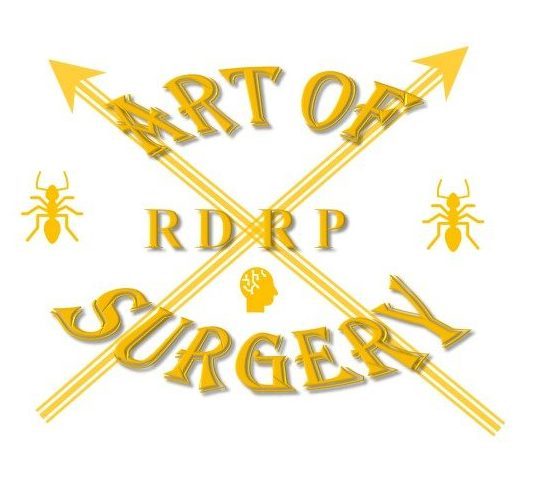Consultations via video should be the same as face-to-face, but they can be less fluent and suffer from glitches like blurry pictures or shoddy audio. Use these tips:
- Check you have a good connection by asking right at the start “Can you hear me?”
- Prepare for the consultation by using a private, well lit room
- Make sure you have the patient’s phone number in case the video link fails
- Take verbal consent for the video consultation
- Introduce everyone in the room (including those off camera) and ask the patient to do the same
- Reassure the patient by saying the consultation will be just like any other one face-to-face
- You don’t need to be looking at the camera. Looking at the screen is fine
- Write any notes you need to make as opposed to typing as it can be distracting
- Summarise the key points, as you can miss some information if there have been technical issues
- Ask if the patient needs anything clarified
- Confirm (and record) if the patient is happy to use video again
- Before closing the call, say goodbye and tell them that you will be closing the call.
Building Trust with the patients
- Use non-verbal communication as well as speaking
- Make sure only one person speaks at a time
- Take even more time to speak to patients and signpost what’s going to happen next
- Use a slow nod or smile to show you’re listening rather than verbal cues such as “mmm” which can interrupt the patient
- Raise your hand if you need to interrupt the patient
- Slow your speech to allow for slow connections and pause between sentences for longer than you might do with face-to-face consultations
- Use any features such as “white-board” function or screen sharing to aid communication
If technology fails, have a back up:
- Ensure a telephone number for the patient at the time of booking
- Have a backup plan for managing technical difficulties e.g. in case of lost connection, and send these to the patient ahead of the session or in the first few minutes before the call
- Agree with the patient who will contact who in case of lost connection
- Revert to a telephone consultation if the problem cannot be resolved
- Rearrange for another time if a telephone consultation is not appropriate
Simple instructions for Waist Circumference measurements
- ” Find the bottom of your ribs and the top of your hips
- Wrap a tape measure around your waist, midway between these points, ensuring it is horizontal, it should be just above the belly button
- Breathe out naturally before taking the measurement”
